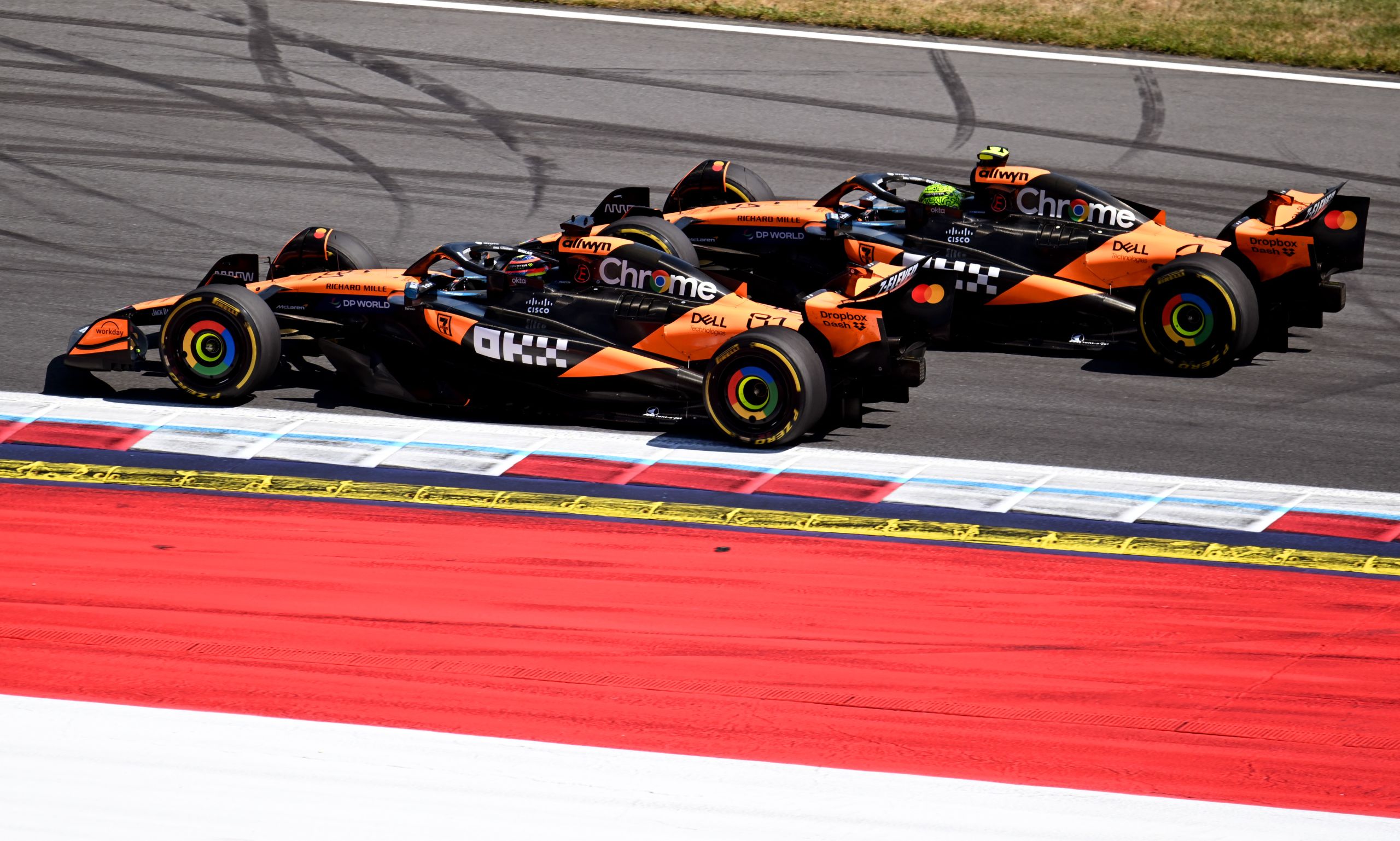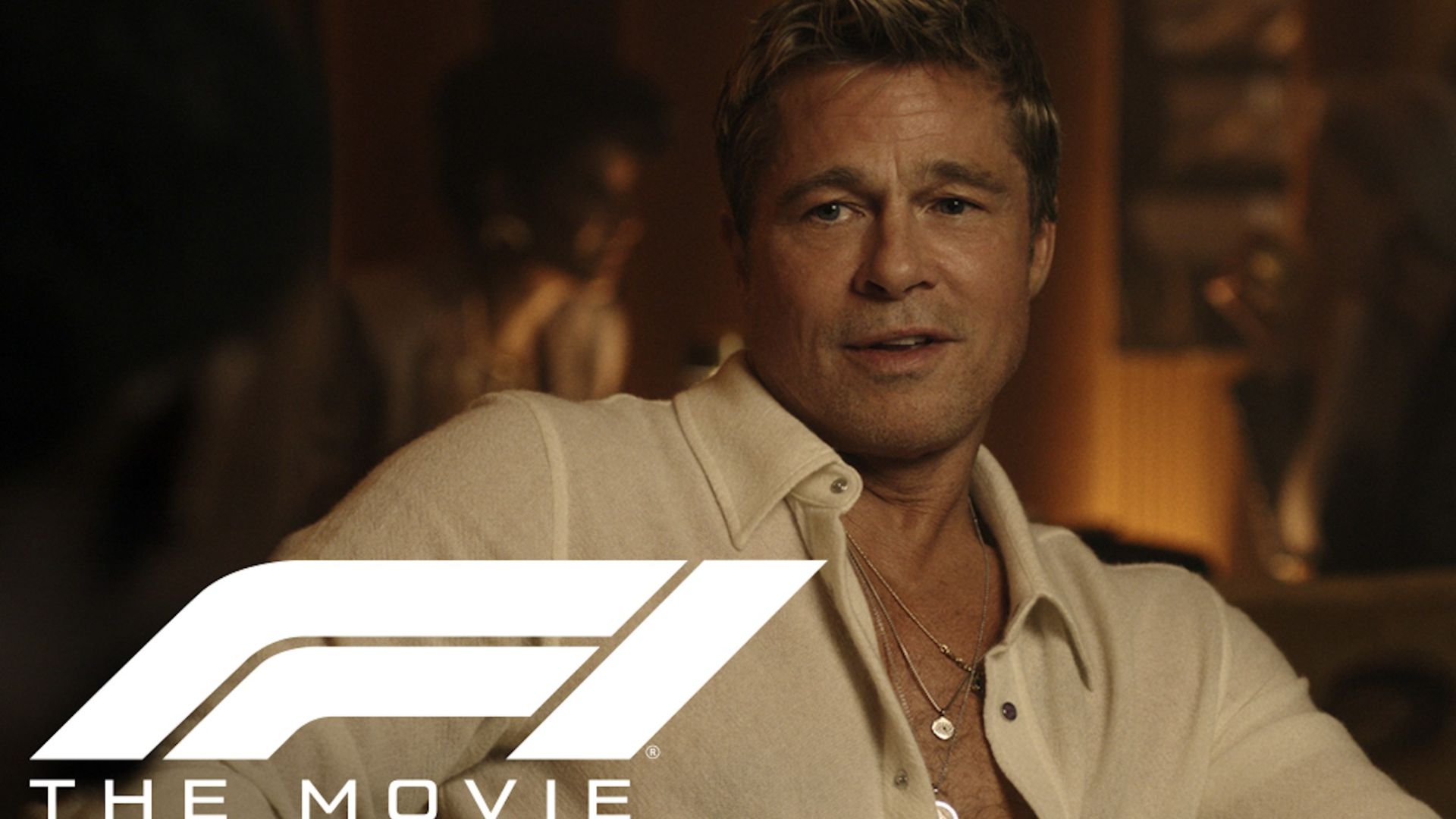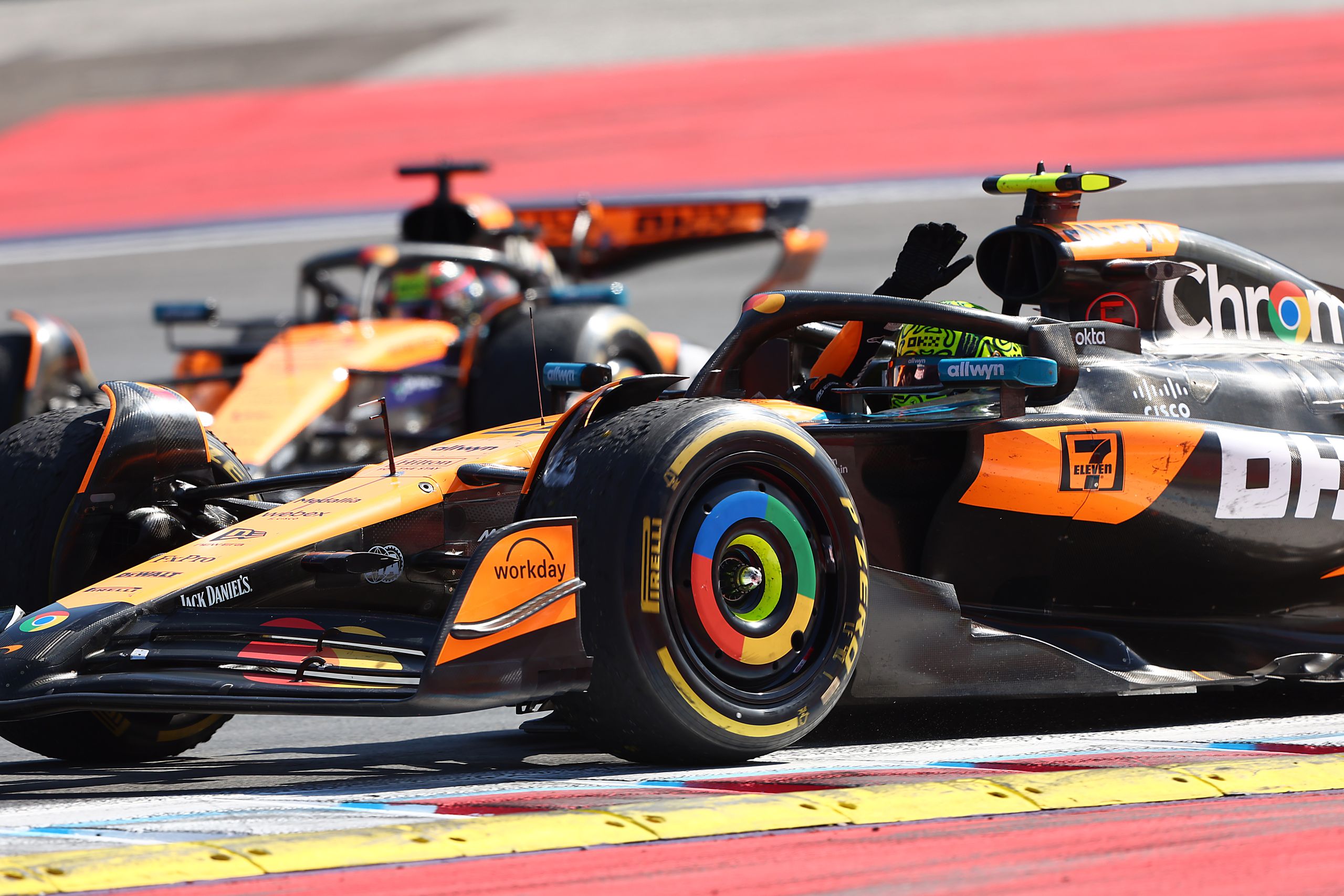Japanese Grand Prix: 5 Memorable Moments
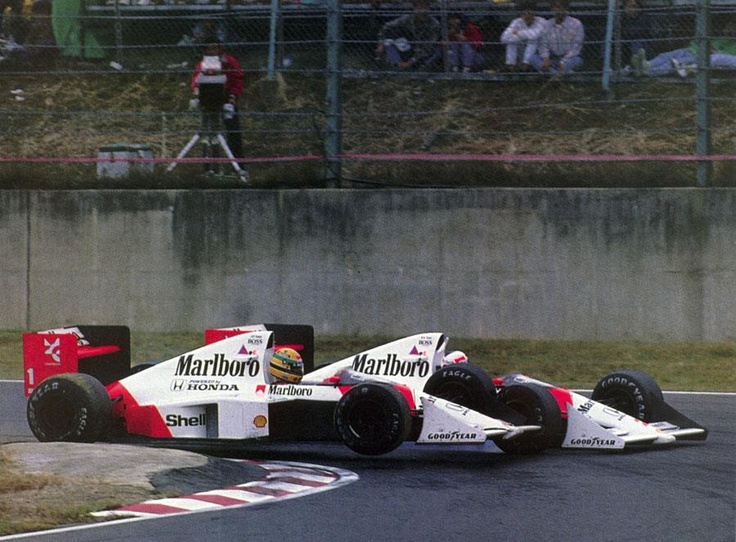
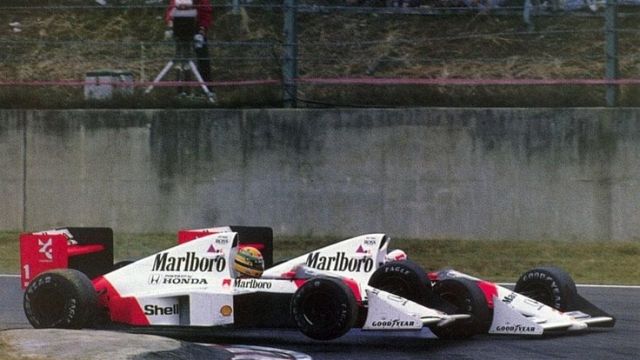
After Hamilton triumphed like a Czar at Sochi, it’s time to visit the land of the Samurai for the impending and hopefully, action-packed Japanese Grand Prix.
Round 17 of the 2019 season takes us to the iconic Suzuka track, the home of the Japanese Grand Prix, a venue that has decided many championship titles; a track where 13 different world champions have been crowned in the past.
With the world championship now increasingly seeming a one-way street given Drivers Standings’ leader Lewis Hamilton ending Ferrari’s impressive victory spell by returning to the top at Russia, after remaining on the backburner at Spa and Monza, all are wondering as to what remains ahead at Japan?
For starters, Ferrari’s chances of succeeding at Suzuka seem as minuscule as the chances of witnessing a full-fledged 53-lap battle in the presence of bright sun, given their early struggles in the free practice runs.
After Mercedes set the early pace only to see Red Bull play catch-up, a lot is expected from what could be a dramatic, even calamitous Grand Prix with the threat of the typhoon Hagibis posing an ominous challenge for the 10 teams and 20 drivers on Sunday.
In the absence of the bright rays of the sun, who will pave the way for the light as Mercedes lock horns with Ferrari and Red Bull to lay a claim over the 307-km long battle?
But for now, let’s rewind to the events of the past and relive five memorable moments from the Japanese Grand Prix.
Senna vs Prost, the battle in 1989
The eighties and the nineties were some of the finest years in the checkered history of Formula 1. And it was right here at the Japanese Grand Prix of 1989 where two of the most remarkable talents of their time- Senna and Prost- collided, yet again, albeit with one of them tasting the sweet flavour of victory despite ending the race with no points.
25 years back in time, heading into the penultimate round of the 1989 F1 World Championship, Frenchman Alain Prost held a 21-point lead over arch-rival Ayrton Senna.
Although it was the legendary Brazilian out in the lead, having clinched the pole, Senna’s advantage would quickly dissipate within seconds of the five lights going green.
As Senna fumbled away, Prost launched off the grid. He was now in hunt-mode. During the closing moments of the Grand Prix, with only a handful of laps to go, the notoriously-incisive Brazilian driver made his move, knowing that if he ever had the slightest of chances of seizing up his teammate’s points, he had to do something now.
Approaching a right-hander, Senna, already alongside Prost, turned into the Frenchman. While there was a gap to conquer, in the end, it didn’t stay that way. Prost, however, didn’t care though as he knew his arch-rival would leave the race minus any points, and his grip on the championship trophy tightened.
But the action-packed episode was to ignite a rivalry in the years to follow, one that would catapult Formula 1 to the peak of its globetrotting fanfare.
El Nino triumphs in 2006
Fernando Alonso’s second and last world title came in 2006, a year where his rivalry with Michael Schumacher intensified, even as he faced stiff competition from another rising driver on the grid, Kimi Raikkonen.
In the opening few minutes of the Japanese Grand Prix, Ferrari’s Schumacher was quick to jump the pole-sitter Felipe Massa. But right at the start, Alonso’s struggles in the not so blistering Renault were amplified by the fact that he was already 5 seconds adrift of the German race leader.
From Lap 15 onward, however, Alonso began showing remarkable improvement, first blazing past a struggling Felipe Massa and then closing the gap to his main rival: Michael Schumacher.
The contest continued for the next few laps sans anyone in the top ten making any stellar progress, albeit with Alonso undeterred as ever.
By the time the Grand Prix approached Lap 27, Alonso was a little less than 4 seconds behind Schumacher, who was holding the lead. But after both drivers completed their second pit-stop, Fernando Alonso, aided by some luck, in the form of Schumacher’s Ferrari running into serious engine-trouble, inherited the lead.
This would be a position he would hold until the end, winning a dramatic Grand Prix, having begun from P5.
F1 loses a star in the making
The 2014 F1 season was every bit dramatic as it was dark. Against fading daylight with the calamitous threat of the Typhoon Phanfone overpowering the driving conditions at Suzuka, the Japanese Grand Prix was conducted in situations that, one could say, Niki Lauda in his peak would have mightily and passionately resented.
In barely drivable conditions made worsened by heavy rainfall, the saddest moment of modern Grand Prix racing, since Senna’s tragic death, occurred on Lap 43 of the race.
Young Marussia driver Jules Bianchi, who had worked ever so hard in rising up through the ranks in the sport, spiraled out of control around the Dunlop curve. He would smash his Marussia into a parked tractor crane but the high-speed impact meant that the young Frenchman would sustain serious head injuries.
He would later succumb to his injuries, a few days later post the rain-curtailed Grand Prix.
There was just one lap to go in the race as the Bianchi crash occurred. To this day, one wonders what might have been if the contest had been red-flagged right in the middle when the conditions worsened due to the unrelenting rains?
Hamilton soars in 2017
No other current driver has won the contest in Japan on more occasions than Mercedes’ Lewis Hamilton, who has five separate race wins to his name at the venue.
Only Michael Schumacher has won at Japan on more occasions than the Mercedes ace (6).
But Hamilton’s one-sided triumph at Japan’s Suzuka heralded his presence as a one of a kind talent, who seemingly enjoyed destroying his on-track opponents with amazing ease at a circuit where it’s not the easiest to overtake, let alone maintain a consistent winning record.
In front of massive crowds Lewis scorched to pole position, beating his new Mercedes teammate by nearly three-tenths of a second.
Right from the start, he was quick to launch away from a pack consisting of Bottas dueling with Ferrari’s Vettel and Red Bull’s Daniel Ricciardo.
Hamilton showed early signs of prominence as he masterfully cut across Vettel right at the start to deny his arch-rival the lead of the race. It would be a position he would defend mightily well until the end to win what became his fourth win at the circuit.
The Iceman comes in from the cold in 2005
Of all the glorious moments in the laconic Finn’s career, his victory in the very dying moments of the 2005 Japanese Grand Prix may certainly go down as Kimi’s finest achievement in a stellar career.
Starting the 53-lap contest from a very lowly seventeenth (P17), Raikkonen swiftly went from being the aggressor early on into the hunter toward the dramatic closing moments in his McLaren MP4-20.
After the first round of stops, Kimi first put pressure on Schumacher alongside Alonso and later closed in on Button and Webber.
Starring in an accident-marred Grand Prix where local hero Takuma Sato collided with Jarno Trulli’s Toyota, the two front fighters – Juan Pablo Montoya and Jacques Villeneuve – came together at the chicane to enforce a safety car intervention, Kimi kept on putting in the fast laps to launch his way through.
Then, Ralf Schumacher pitted after 12 laps, giving the lead to Fisichella who was being challenged by Jenson Button in his BAR-Honda.
Further down the grid, where Schumacher, Alonso and Kimi were in improving their grid positions, Alonso seemed the better driver, making up a few impressive places.
Raikkonen, running with heavy fuel-load in his 2005 McLaren pitted and yet challenged Alonso repeatedly. His move on Michael on the outside of Turn 2 was spectacular.
Finally, as Raikkonen appeared on the rear of the fast-paced Renault, little would Fisichella have suspected about the murderous form that his rival was about to exhibit.
In the closing stages of the race, Kimi made the most of Fisichella, who braked hard clearly going onto the defensive around the Casio triangle, thus allowing the Finn a great tow.
He would later boldly jump on the outside of the Italian to launch into the lead and take the checkered flag amid, treating the huge crowd to a truly unforgettable Grand Prix.



